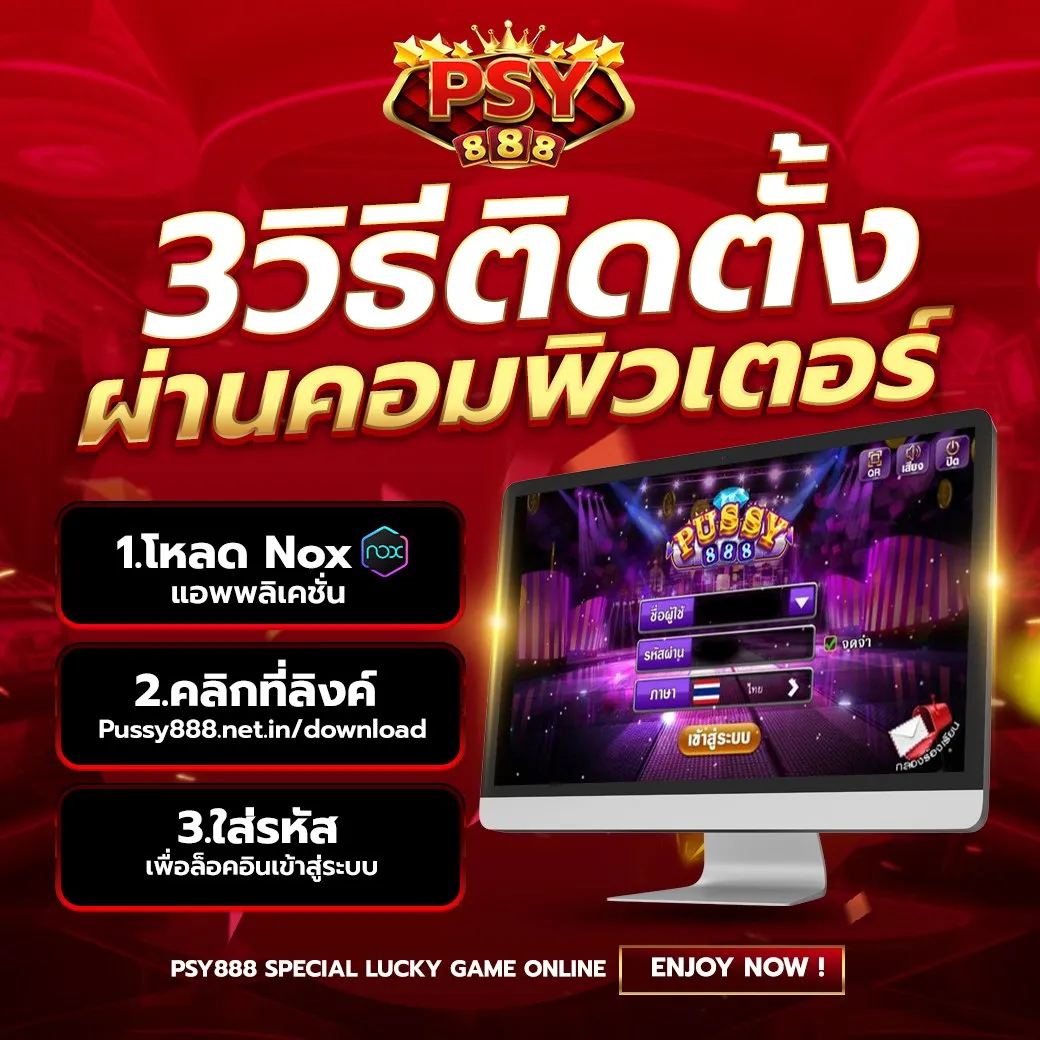Mythology has long served as a mirror to human nature, revealing profound truths about hidden potentials, fears, and transformative journeys. Among the rich tapestry of Greek myths, the story of Medusa stands out not only for its dramatic imagery but also for its layered symbolism that offers timeless lessons on unlocking inner power. Understanding Medusa’s myth allows us to explore the concept of latent strengths and how perception influences our ability to transform challenges into sources of personal growth.
Introduction: Unveiling the Myth and Its Relevance to Hidden Powers
The myth of Medusa has captivated audiences for centuries, primarily due to its vivid imagery of a monstrous woman with serpents for hair and a petrifying gaze. Originating from ancient Greek culture, Medusa’s story has evolved into a powerful symbol of transformation, fear, and misunderstood strength. Historically, myths serve as allegories, offering insights into human psychology and societal values. Medusa’s myth, in particular, exemplifies the idea that what is perceived as a threat can also embody hidden potential waiting to be awakened.
This article explores how the myth’s layered symbolism provides valuable lessons on recognizing and harnessing internal powers. Like many myths, Medusa’s story acts as a metaphor for the latent abilities within each individual—qualities that, once understood and directed, can lead to profound personal transformation. By examining Medusa’s myth through a modern lens, we can uncover practical strategies for unlocking our own inner potential.
2. The Concept of Power in Mythology and Symbolism
a. Defining Power: External vs. Internal Sources
In mythology, power is often depicted in two primary forms: external manifestations such as physical strength, magical abilities, or dominance, and internal qualities like resilience, wisdom, and self-awareness. External power is visible and tangible, whereas internal power remains hidden, often requiring introspection to recognize. The myth of Medusa exemplifies this dichotomy—her gaze is a symbol of transformative force, but her true strength lies in her misunderstood internal potential.
b. Medusa’s Gaze as a Symbol of Transformative Potential
Medusa’s petrifying gaze can be viewed as a metaphor for focus, intention, and the power of perception. In modern psychology, this aligns with the concept that our beliefs and attention shape reality. For instance, when individuals harness their focus, they can effect significant change—transforming fears or doubts into catalysts for growth.
c. Sacred Symbols in Greek Rituals: Snakes as Representations of Rebirth, Healing, and Wisdom
In Greek culture, snakes held sacred significance, symbolizing rebirth, healing, and wisdom. The serpent’s shedding of skin represented renewal, echoing themes of transformation that are central to the Medusa myth. Rituals involving snakes, such as the healing temples of Asclepius, underscore the deep connection between sacred symbols and inner change—highlighting how external symbols can reflect internal processes of growth.
3. The Myth of Medusa: A Deep Dive into the Symbolic Layers
a. Origins of Medusa’s Myth and Variations Across Sources
Medusa’s story appears in various ancient sources, including Hesiod, Ovid, and Apollodorus. Initially, Medusa was a beautiful maiden, transformed into a monster as a punishment or by divine intervention. Some versions depict her as a victim of Athena’s wrath, while others portray her as a symbol of chaos and primal power. These variations highlight the myth’s flexibility in representing different aspects of human experience—beauty, fear, victimhood, and empowerment.
b. The Duality of Medusa: Monster or Victim?
Medusa embodies duality—her outward appearance as a monster contrasts with the possibility of her inner victimization or misunderstood power. Modern psychological interpretations suggest that Medusa’s external form reflects inner fears and shadows that, when acknowledged, can be transformed into sources of strength. Recognizing this duality encourages us to see our perceived vulnerabilities as potential sources of resilience.
c. Lessons About Perception, Fear, and Misunderstood Power
Medusa’s myth teaches that perception shapes reality. Often, what we fear or deem as weaknesses are misinterpretations of our true potential. Embracing these aspects, like Medusa’s gaze, can foster self-awareness and empowerment. The story underscores that misunderstood power is often the most transformative when recognized and directed consciously.
4. Unlocking Hidden Powers: Lessons from Medusa’s Myth
a. Recognizing and Harnessing Internal Strengths Often Concealed
Just as Medusa’s true power was concealed beneath her fearsome exterior, individuals often possess untapped internal strengths. Self-awareness practices—such as meditation, journaling, or introspection—help uncover these latent abilities, enabling us to transform perceived limitations into sources of power.
b. The Importance of Perspective: Transforming Perceived Threats into Sources of Power
Perspective plays a crucial role in how we interpret challenges. For example, viewing fears as opportunities for growth rather than threats can shift our internal narrative. Medusa’s myth illustrates that what appears dangerous can, with a shift in perception, become a catalyst for transformation.
c. Challenges in Resisting External Influences (e.g., Hero’s Resistance to Medusa’s Petrification)
The hero Perseus’s ability to resist Medusa’s petrification—by using reflective shields and strategic thinking—symbolizes the importance of resilience and mental agility. In our lives, resisting external influences that threaten our inner balance requires cultivating resilience and strategic awareness, much like Perseus’s approach.
5. The Eye of Medusa: Modern Illustration of Inner Potential
a. How Medusa’s Gaze Symbolizes Focus and Intention in Contemporary Narratives
Today, Medusa’s gaze has evolved into a symbol of focus, intention, and mental clarity. In personal development, cultivating a “medusan gaze”—a metaphor for directed attention—can help individuals focus their energy on specific goals, transforming internal fears into powerful catalysts for achievement.
b. The “Eye of Medusa” as a Metaphor for Awakening Latent Abilities
The “Eye of Medusa” represents awakening and harnessing inner faculties that may be dormant. Developing self-awareness and intentionality—much like focusing a gaze—can unlock hidden talents and facilitate personal breakthroughs. This concept underscores the importance of conscious effort in self-empowerment.
c. Practical Applications: Developing Self-Awareness and Intentionality to Unlock Personal Powers
Practical steps include mindfulness practices, visualization, and goal-setting exercises that help align one’s focus with intrinsic strengths. By consciously directing attention, individuals can harness their inner potential, turning mythic symbolism into actionable personal development tools, such as the Petrified Symbols bonus feature.
6. The Role of Resistance and Endurance in Power Development
a. Silver-Tier Petrifications as Symbolic of Resilience and Prolonged Resistance
In mythic symbolism, prolonged petrification can represent resilience—standing firm amidst internal fears or external pressures. Cultivating endurance allows individuals to withstand challenges, much like Perseus’s strategic resistance to Medusa’s gaze.
b. Lessons from Heroes Who Withstand Medusa’s Gaze Longer
Historical and mythic figures demonstrate that resilience, patience, and mental fortitude—traits essential for resisting petrification—are crucial for inner growth. Developing these qualities involves consistent effort and strategic mindset, turning temporary setbacks into long-term strengths.
c. Building Mental Fortitude to Face Internal and External Challenges
Techniques such as cognitive reframing, resilience training, and mindfulness enhance mental endurance. These practices help individuals remain centered and resilient, effectively resisting internal doubts or external adversities that threaten to “petrify” their progress.
7. Sacred Symbols and Rituals: Connecting Myth to Personal Growth
a. Significance of Snakes in Greek Rituals and Their Connection to Transformation
Ancient Greek rituals involving snakes, such as the healing practices of Asclepius, symbolize renewal, transformation, and the shedding of old identities. These sacred symbols embody the internal process of rebirth—akin to shedding petrification and awakening new facets of oneself.
b. Rituals as Metaphors for Inner Work and Awakening Hidden Faculties
Modern self-development often employs ritualistic practices—meditation, visualization, or symbolic acts—to facilitate inner transformation. These rituals serve as external anchors for internal processes, echoing ancient rites that connected mythic symbols with personal evolution.
c. Modern Practices Inspired by Mythic Symbols for Self-Discovery
Incorporating symbols like snakes or reflective tools can deepen self-awareness. For example, some practitioners use mirror work to confront shadows, paralleling Medusa’s reflection and emphasizing the importance of self-recognition in empowerment.
8. Non-Obvious Perspectives: Beyond the Literal
a. Reinterpreting Medusa’s Gaze as a Reflection of Inner Fears and Biases
Rather than viewing Medusa solely as a monster, consider her gaze as a mirror of internal fears, biases, and shadow aspects. Recognizing these projections allows for profound self-awareness and the integration of disowned parts of oneself.
b. The Myth’s Relevance to Understanding Shadow Aspects of Oneself
Psychologist Carl Jung emphasized the importance of embracing shadow aspects for holistic growth. Medusa’s myth exemplifies that confronting our fears—symbolized by her petrifying gaze—can lead to inner liberation.
c. How Embracing One’s “Medusan Gaze” Can Lead to Profound Personal Transformation
By accepting and understanding our internal shadows, we transform perceived weaknesses into sources of strength. This process involves self-compassion and intentional reflection, turning mythic symbolism into a guide for authentic self-discovery.
9. Practical Lessons and Takeaways
- Recognize the power of perception and intention: Focused attention can transform internal and external realities.
- Cultivate resilience in face of internal petrifications: Practice mental endurance to withstand doubts, fears, and setbacks.
- Utilize symbolic insights: Explore mythic symbols like the Petrified Symbols bonus feature to deepen self-awareness and empowerment.
“Understanding and embracing your internal shadows transforms perceived threats into sources of profound inner strength.

















